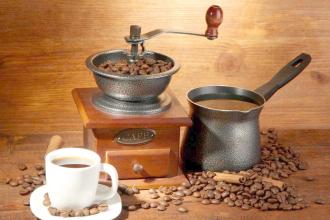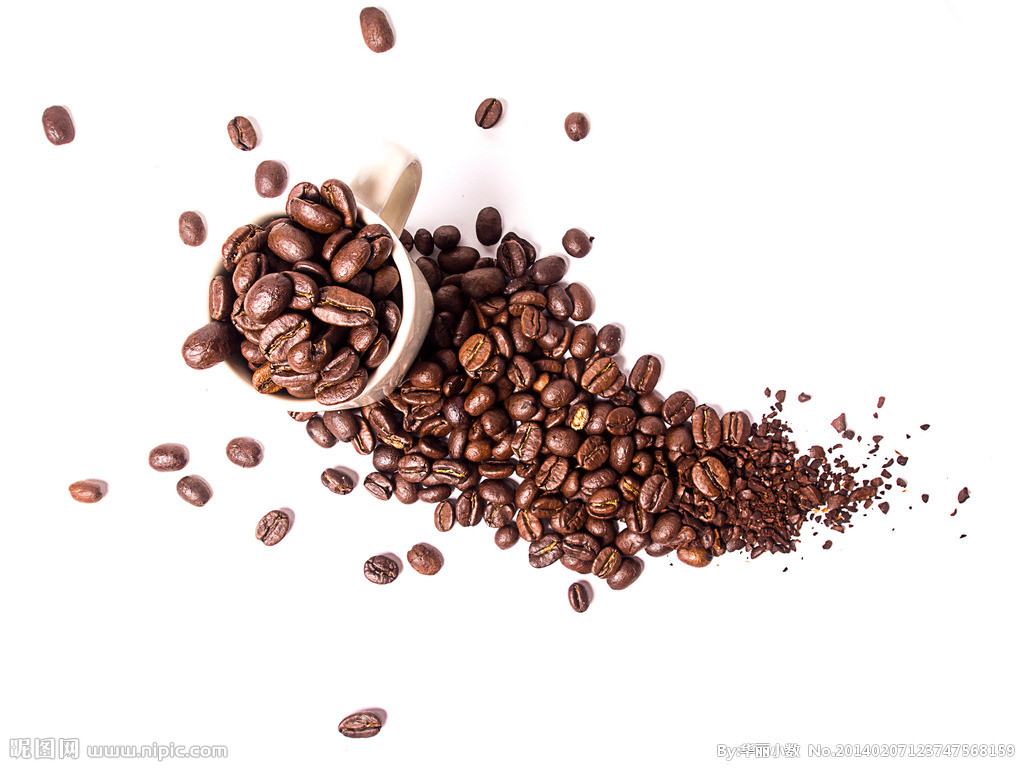Introduction to the rich taste of Kenyan boutique coffee bean flavor manor area
Kenya is 582646 square kilometers across the equator, bordered by Somalia to the east, Ethiopia and the Republic of South Sudan to the north, Uganda to the west and Tanzania to the south. The southeast is bordered by the Indian Ocean, with a coastline of 536 kilometers. [3]
Topography
The coastal areas are plains, and most of the rest are plateaus with an average elevation of 1500 meters. Great Rift Valley
Kenya's highest peak-Mount Kenya
Kenya's highest peak-Mount Kenya
The east branch cuts the plateau north and south, dividing the highland into east and west parts. The bottom of the Great Rift Valley is 450 miles below the plateau and 100 kilometers wide, with lakes of varying depths and many volcanoes standing. The north is desert and semi-desert, accounting for about 56% of the country's total area. Mount Kenya in the central highlands is 5199 meters above sea level, the highest peak, the second highest in Africa, and the summit is covered with snow all the year round. The extinct Wagagai volcano is 4321 meters above sea level in Kenya, which is located on the equatorial line.
There is a famous equatorial snow mountain, Mount Kenya, on which grows a famous orchid, which is the national flower of modern Kenya-Kenyan orchid. The leaves of Kenshan orchid are wide and thick, like bands carved by the king of blue. The petite and white flower consists of six oval petals, with a charming little red dot in the center, a long inflorescence composed of dozens of small flowers, and neat red hearts and small white flowers arranged on both sides, drooping slightly, showing the unique charm of Kenshanlan. The Constitution of the Republic was promulgated in 1964 and has been amended 30 times by September 2014. In June 1982, Ken established an one-party system by amending the constitution. In December 1991, it was changed to a multi-party system, which stipulates that the president is willing to be a multi-party democratic country, and the president is the head of state, head of government and commander-in-chief of the armed forces for a term of five years, and shall not be re-elected for more than two terms; the president-elect shall, while obtaining a majority of votes, win more than 25% of the votes in five of the country's eight provinces; the president has the highest executive power and the power of appointment and removal, and has the power to convene or dissolve parliament; the president and cabinet are collectively responsible to parliament. Citizens enjoy freedom of religious belief, expression, assembly, association and movement. Since 1997, the opposition party in Kenya has strongly demanded a comprehensive revision of the constitution on the grounds that the constitution does not meet the requirements of the multi-party system. In September 1997, Ken promulgated the draft Constitutional Amendment Commission Bill and began to amend the Constitution. In February 2006, President Kibaki announced the establishment of a new constitutional amendment committee to replace the original constitutional amendment commission whose term of office expires. Since February 29, 2008, the disputed parties to the Kenyan general election have entered the fourth agenda of the mediation "road map" under the mediation of Annan (that is, resolving "long-term problems", including land, constitutional amendment, tribal conflicts, etc.).
The Kenyan government takes the coffee industry very seriously, where it is illegal to cut down or destroy coffee trees. Kenyan coffee buyers are world-class high-quality coffee buyers, and no other country can grow, produce and sell coffee on a continuous basis like Kenya. All coffee beans are first acquired by the Kenya Coffee Commission (CoffeeBoardofKenya, CBK), where they are identified, graded, and then sold at weekly auctions, where they are no longer graded. The Kenya Coffee Commission only acts as an agent to collect coffee samples and distribute them to buyers so that they can determine the price and quality. The auction in Nairobi is for private exporters, and the Kenya Coffee Commission pays growers a price below the market price. The best coffee grade is bean berry coffee (PB), followed by AA++, AA+, AA, AB and so on. The fine coffee is shiny, delicious and slightly alcoholic. Auctions are also organized to meet the needs of dispatchers. This kind of auction usually has a small auction volume (3-6 tons each), with samples with the grower's logo for buyers to enjoy. After the auction, the exporters pack according to different flavors, different qualities and the quantity required by the blenders. This provides a great deal of flexibility for the dispatcher. Quality-conscious Germans and Scandinavians are long-term buyers of Kenyan coffee with fragrant, rich, fruity flavors and a rich and perfect taste. Kenyan coffee has a wonderful fruit flavor, tastes like BlackBerry and grapefruit, and is a favorite of many coffee gluttons. This coffee has an excellent medium purity, crisp and refreshing taste. It has a fresh flavor and is most suitable for drinking iced coffee in summer. When tasting this coffee, if it is paired with sour fruits such as grapefruit, it will certainly give me the best coffee experience. "not much like coffee, but a bit like fruit tea" is the common feeling of many people about this kind of shallow roasted Kenyan coffee. In addition to having obvious and charming fruit acidity, Kenyan coffee is mostly from small coffee farmers, planted in a variety of different environments, encounter different climate and rainfall every year, and bring a variety of distinct and unique personalities. Take the AAPlus grade "KenyaAA+Samburu" as an example, the Samburu in 2001 has a strong aroma of black plum, low acidity and strong taste. The newly harvested Samburu in the winter of 2002 presents a completely different flavor, mulberry and green plum, with a touch of Nanyang spice (Spicy), and a sweet aftertaste of green tea.

Important Notice :
前街咖啡 FrontStreet Coffee has moved to new addredd:
FrontStreet Coffee Address: 315,Donghua East Road,GuangZhou
Tel:020 38364473
- Prev

Vietnamese coffee flavor Vietnamese coffee characteristics
Vietnam's geographical location is very favorable for coffee cultivation. Southern Vietnam has a hot and humid tropical climate, which is suitable for growing ROBUSTA coffee, while the north is suitable for growing ARABICA coffee. Coffee production in Vietnam has the following characteristics: (1) because there is no effective way to deal with fallen leaves, medium-grain coffee was selected as the main variety in the early 1980s. (2) take planting technology as
- Next

Excellent taste balance of Salvadoran Himalayan coffee flavor, characteristics, taste
Sunshine 100Himalayas, located in Chongqing's most characteristic Nanbin Road and the confluence of the two rivers, occupies the billiard CBD center, and Jiefangbei CBD, Jiangbei mouth CBD together constitute the Chongqing CBD core. Settling in the Sunshine Himalayas means sitting on the golden triangle of Chongqing CBD! Secondly, the development and construction of Sunshine 100 Himalayas are invited to world-class teams, such as the world's top luxury.
Related
- Detailed explanation of Jadeite planting Land in Panamanian Jadeite Manor introduction to the grading system of Jadeite competitive bidding, Red bid, Green bid and Rose Summer
- Story of Coffee planting in Brenka region of Costa Rica Stonehenge Manor anaerobic heavy honey treatment of flavor mouth
- What's on the barrel of Blue Mountain Coffee beans?
- Can American coffee also pull flowers? How to use hot American style to pull out a good-looking pattern?
- Can you make a cold extract with coffee beans? What is the right proportion for cold-extracted coffee formula?
- Indonesian PWN Gold Mandrine Coffee Origin Features Flavor How to Chong? Mandolin coffee is American.
- A brief introduction to the flavor characteristics of Brazilian yellow bourbon coffee beans
- What is the effect of different water quality on the flavor of cold-extracted coffee? What kind of water is best for brewing coffee?
- Why do you think of Rose Summer whenever you mention Panamanian coffee?
- Introduction to the characteristics of authentic blue mountain coffee bean producing areas? What is the CIB Coffee Authority in Jamaica?

